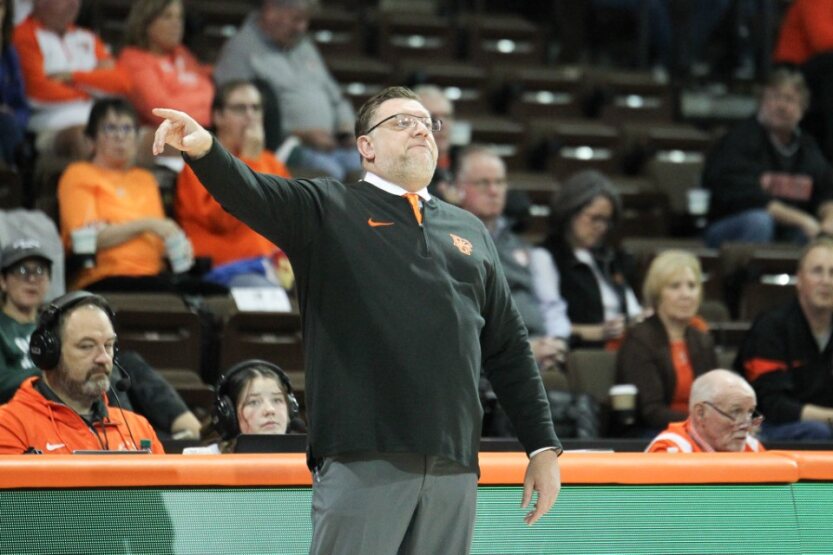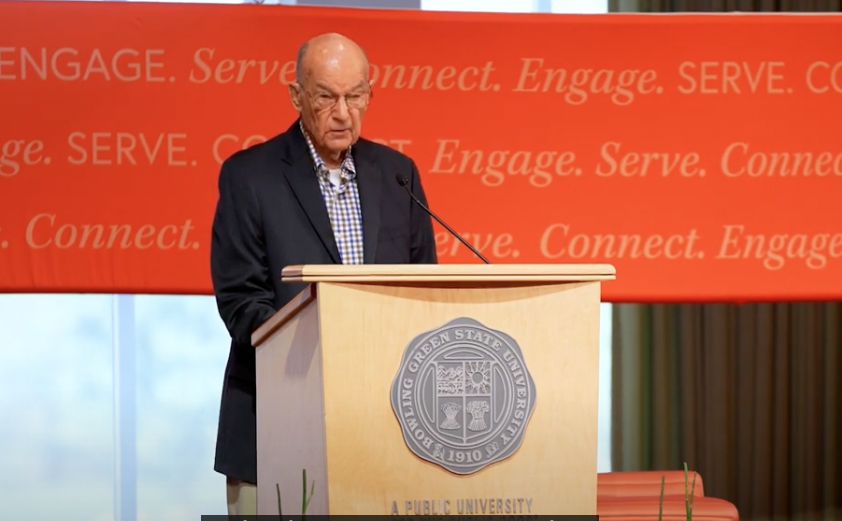For most college students, the thought of dying young may seem unrealistic. For some students, however, this thought is a harsh reality.
Some leading causes of college student death may be better known than others. Automobile and alcohol related accidents kill the first and third most college students. Suicide, something often associated more with teenagers, claims the second most college victims.
A 2001 Surgeon General executive summary projected 1,088 suicides on college campuses yearly. Statistics from the National Mental Health Association show the rate of completed suicide among college students is 7.5 of every 100,000.
According to Dr. Basanti Basu, psychiatrist at the University Counseling Center, the latter rate has grown over several years.
“I think if you look back over the last 50 years, it used to be 2.5 of every 100,000,” Basu said. “They are predicting it could be up to 8 (of every 100,000) in the next decade.”
The Surgeon General summary reported students with pre-existing mental illnesses and students who develop mental health problems in college are at a greater risk for suicide.
But for Amy Dugan, Nurse Practitioner at the Student Health Service, these students are no more at risk than others.
“I believe that any personality type with enough stressors could potentially commit suicide,” Dugan said. “I think the high pressure of this age group, as far as trying to succeed, it’s just a tough time.”
Several other factors contribute to suicide. The stress of classes and work could overwhelm students. Younger students may struggle with the transition from home life to campus living.
Alcohol consumption also caters to suicidal thoughts. This may spell doom for impulsive students, whom Basu worries may have poor control of their decisions.
“If you combine alcohol with impulsivity, it causes trouble,” she said.
Trouble arises because the student might become more depressed. Serious depression can isolate students, drawing them away from family and friends. This isolation, according to Dr. Betty Yarris of the University Counseling Center, improves the possibility of suicide.
“The person who’s isolated has more opportunity to commit suicide,” Yarris, a staff psychologist, said. “Most individuals who are successful are experiencing some type of depression or mood disorder.”
Isolation and lack of communication can significantly affect a suicide. The University last dealt with suicide in January 2001 when two students, a 24-year-old female and a 21-year-old male, ended their lives within a two week period.
Reports from the Bowling Green Police Division say the female overdosed on several drugs and went into cardiac arrest. Police found her diary which contained suicidal thoughts. The male student went to Carter Park, where he shot himself in the throat. His friends and family were unaware that he was struggling.
Confiding in others is something many suicidal students fail to do. Local physicians say this is largely because of opinions attached to mental illnesses.
“I think for some people there’s the label that gets placed on them,” Dr. Cathy Kocarek, psychologist at the University Counseling Center, said. “Traditionally there’s this stigma about receiving help, but that seems to be diminishing.”
Basu shared this statement, and reassured depressed students that a mental illness is not their fault.
“It’s not that you did something to yourself, or you did something wrong,” Basu said. “It’s a chemical imbalance.”
Universities can reach out to students with counseling centers, testing programs and seminars among other things to guide troubled students.
The United States Senate passed “The Gordon Lee Smith Memorial Act” earlier this month in honor of Sen. Gordon Smith Sr.’s (R-Ore.) son. The younger Smith, 21, committed suicide in his college apartment last August after struggling with bipolar disease, dyslexia and a learning disability.
The act will allocate $82 million to fund counseling and resource centers on college campuses.
According to Kocarek, this act might help students realize the support they have.
“I would hope that the students who aren’t reaching for help would be more aware of the resources available to them,” Kocarek said.
The American Foundation for Suicide Prevention (AFSP) recently launched the College Film and Screening Project, to identify and refer at risk students to suicide treatment. Students at participating universities respond to an online questionnaire, and a counselor reviews each assessment. If a student’s responses suggest psychological problems, the counselor suggests a face-to-face meeting.
The University offers several resources for depressed students. The Link, a crisis intervention center, has a 24-hour hotline. Some physicians at the Student Health Service assist with depression too.
The counseling center offers crisis intervention and emergency services for immediate assessment. The executive staff of the Counseling Center and the Women’s Center wrote to the University encouraging them not to teach concealed carry classes. They also offer individual and group counseling and a consultation program.
“We do a lot of consultation with faculty, hall staff, and friends of students,” Yarris said. “Through that mechanism we can give advice to others about how to help people who are suicidal.”
In some situations, a counseling center patient may need medication, in which case they are referred to Basu. If she is unavailable, the patient is referred to Behavioral Connections.
Although services are available to depressed students, University officials emphasize how important it is for students to seek help.
“Talk to people. Talk to your friends,” Dugan said. “Get to the counseling center or student health service. We have M.D.’s who will counsel people, and we treat a lot of depression and anxiety in students. We treat these patients with high priority.”
Editor’s Note: This article has had three details changed from the print version. The changes were a question of titles, and did not significantly affect story content.

















